EDH deck construction is a creative process focusing on building unique, 99-card decks around a legendary commander. It emphasizes strategy, synergy, and fun, allowing players to express their personal playstyle while adhering to specific rules and color identity constraints. This format encourages innovation and social interaction, making it a beloved part of Magic: The Gathering culture. Understanding the fundamentals of deck building is essential for crafting a cohesive and enjoyable EDH experience.
1.1 What is EDH?
EDH, or Elder Dragon Highlander, is a popular Magic: The Gathering format centered around building unique, 99-card decks led by a legendary commander. Each deck must adhere to the commander’s color identity and may only include one copy of any non-basic land. EDH emphasizes creativity, social interaction, and diverse playstyles, making it a favorite among players who enjoy casual, multiplayer games. Unlike competitive formats, EDH encourages fun and experimentation, allowing players to craft decks that reflect their personality and strategic preferences. The format is defined by its relaxed rules, emphasis on synergy, and the ability to innovate without strict competitive pressures. EDH has grown into a vibrant community, with countless deck archetypes and themes to explore, making it one of the most engaging and accessible ways to enjoy Magic: The Gathering.
1.2 Importance of Deck Construction in EDH
Deck construction is the backbone of EDH, as it directly impacts gameplay, strategy, and fun. A well-constructed deck ensures balance, synergy, and consistency, allowing players to execute their desired game plan effectively. Proper deck building helps maximize a commander’s strengths while mitigating weaknesses, creating a cohesive and powerful strategy. It also enables players to adapt to various playstyles and meta conditions, ensuring the deck remains competitive and enjoyable. Additionally, deck construction fosters creativity and personalization, letting players tailor their decks to reflect their preferences and playstyle. A thoughtfully built deck enhances the overall EDH experience, making it more engaging and rewarding for everyone involved. Whether casual or competitive, a well-crafted deck is essential for success and enjoyment in the format.

Foundational Principles
Understanding the core principles of EDH deck construction is essential. These include adhering to the singleton rule, maintaining color identity, and balancing creatures, spells, and lands effectively for optimal gameplay.
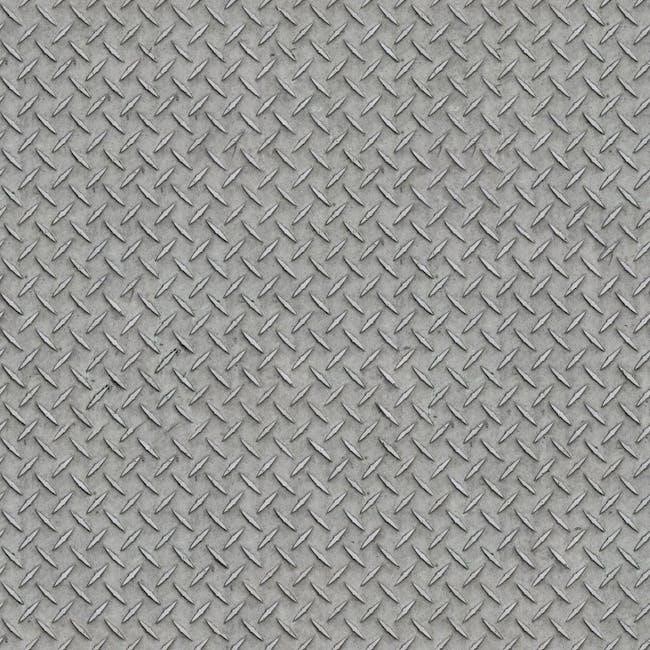
2.1 EDH Deck Building Rules
EDH deck building follows specific rules to ensure a balanced and enjoyable experience. A standard EDH deck contains 99 unique cards, excluding basic lands, with a chosen commander serving as the 100th card. The commander defines the deck’s color identity, restricting the inclusion of cards to those within its colors. Players must adhere to the singleton rule, meaning no duplicate cards except for basic lands. Additionally, the deck must function independently of the commander, ensuring viability even if the commander is not in play. These rules promote creativity and strategic depth, making EDH a unique and engaging format for Magic: The Gathering enthusiasts.
2.2 Understanding Color Identity
Color identity is a critical concept in EDH deck construction, determining which cards can be included in a deck. It is defined by the colors of the commander and any mana symbols in their rules text. If a commander is multicolored, the deck can include all colors present in the commander. If a commander is colorless, the deck can only use colorless cards unless the commander allows otherwise. Understanding color identity ensures deck legality and prevents conflicts during gameplay. This rule enforces strategic deck building, as players must carefully select cards within their commander’s color constraints. Proper adherence to color identity enhances the game’s balance and fun, making it a cornerstone of EDH deck creation.
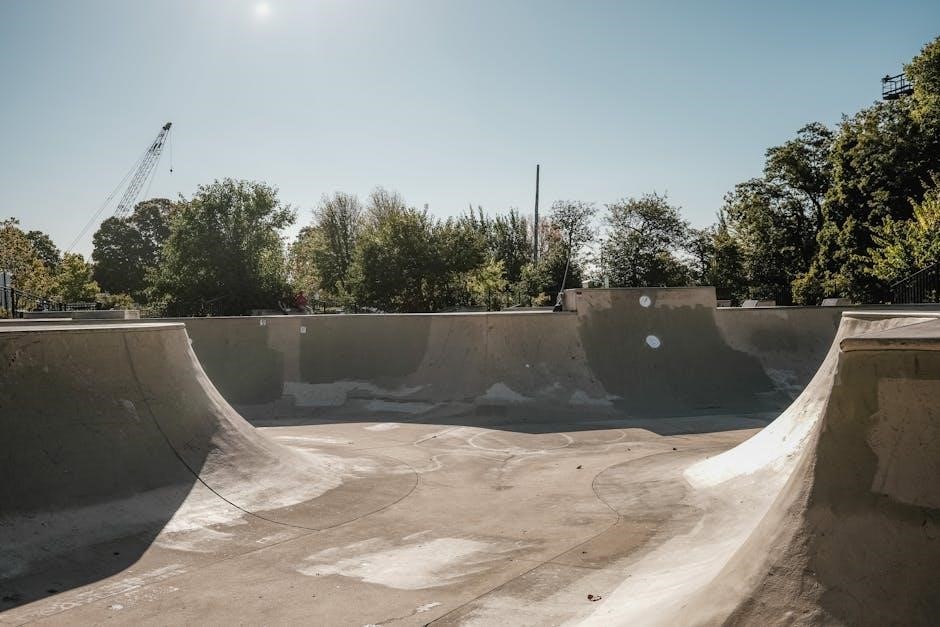
Core Components of an EDH Deck
A well-structured EDH deck includes a commander, mana base, ramp, card draw, tutors, interaction, removal, and win conditions; These elements work together to create balance, synergy, and a cohesive strategy for gameplay.
3.1 Choosing the Right Commander
Selecting the right commander is the foundation of EDH deck construction. Your commander defines the deck’s color identity, strategy, and overall playstyle. They should align with your preferred archetype, whether aggressive, controlling, or combo-focused. Popular choices like Muldrotha or Atraxa offer versatile abilities, while niche commanders provide unique gameplay opportunities. Consider their mana cost, abilities, and synergy potential with other cards. The commander’s power level and budget also matter; some are affordable, while others, like Kommander Kitt Klaw, can be pricey but powerful. Ultimately, your commander should excite you and guide your deck-building process. Research and playtesting can help refine your choice, ensuring they fit both your strategy and enjoyment.
3.2 Building a Mana Base
A strong mana base is crucial for the functionality of any EDH deck. Aim for 33-40 lands, depending on your deck’s strategy and average mana curve. Lands provide the foundation for casting spells consistently, so prioritizing a mix of basic lands, dual lands, and fetch lands ensures reliability. Consider your commander’s color identity to guide land selections, as all cards in the deck must adhere to these colors. Dual lands like Command Tower and fetch lands like Flooded Strand enhance mana consistency. Additionally, include utility lands like Ancient Tomb or Gaea’s Cradle to support your game plan. Balance is key—too few lands risk mana flood, while too many can dilute your deck’s power. Adjust based on playtesting to ensure smooth mana development and avoid early-game stalls or late-game flooded hands.
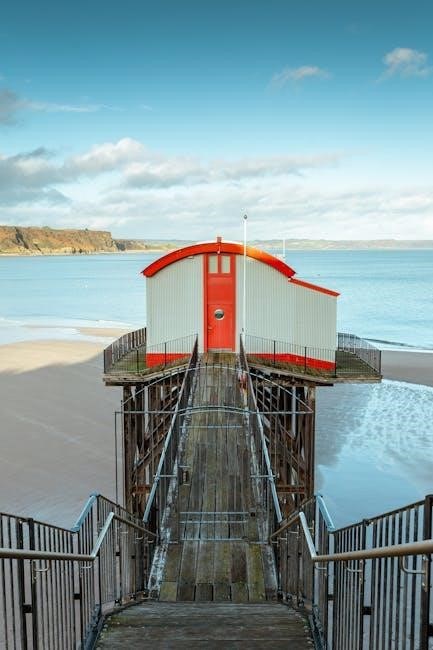
3.3 Incorporating Ramp Cards
Ramp cards are essential for accelerating your mana development, enabling earlier access to high-impact spells. Include 10-15 ramp cards, focusing on artifacts like Sol Ring and Arcane Signet, which provide immediate mana acceleration. Creatures with ramp effects, such as Llanowar Elves, offer a more permanent solution. Sorceries like Kodama’s Reach and Harmonize provide one-time mana boosts. Consider your deck’s strategy—aggressive decks may prefer cheaper ramp, while high-CMC decks need more substantial ramp. Balance ramp with your land count to avoid flooding. Adjust based on playtesting to ensure reliable mana acceleration without sacrificing consistency. Effective ramp ensures your deck can execute its game plan smoothly, making it a cornerstone of a well-constructed EDH deck.
3.4 Card Draw and tutors
3.4 Card Draw and Tutors
Card draw and tutors are vital for maintaining momentum and consistency in EDH decks. Include 10-15 card draw cards to ensure you consistently refill your hand, such as Harmonize, Beast Whisperer, or Guardian Project. These cards help you maintain tempo and adapt to changing board states. Tutors, like Demonic Tutor or Diabolic Intent, provide flexibility by fetching specific cards, reducing redundancy in your deck. Budget-friendly options such as Diabolic Tutor or Gifts Ungiven can serve similar roles. Tutors are especially valuable in combo or synergy-focused decks, enabling key plays. Balancing card draw and tutors ensures your deck remains dynamic and responsive, allowing you to address threats or capitalize on opportunities. These elements enhance reliability without sacrificing creativity, making them essential components of a well-rounded EDH deck.
3.5 Interaction and Removal
Interaction and removal are critical components in EDH deck construction, enabling you to disrupt opponents and protect your strategy. Include 10-15 interaction pieces, such as creature removal (Assassin’s Trophy, Putrefy), artifact/enchantment removal (Kataki, War’s Wage), and counterspells (Mizzix’s Mastery). These cards help maintain control and prevent opponents from executing their plans. Board wipes like Damnation or Austere Command are also essential for resetting the game. Additionally, include protective spells like Heroic Intervention to safeguard your board. Balancing interaction ensures your deck can adapt to various threats while maintaining its own game plan. A well-rounded suite of removal and interaction cards is vital for competitiveness and resilience in EDH, allowing you to address threats and create opportunities for victory.
3.6 Win Conditions and Synergy
Win conditions and synergy form the backbone of a successful EDH deck, driving its overall strategy and gameplay; Your win condition should be clear, whether through combat damage, combo finishes, or incremental value engines. Synergy is key; cards like End-Raze Forerunners or Exquisite Blood create powerful interactions that amplify your deck’s potential. Include cards that support your commander’s abilities and enhance your chosen archetype. For example, a tribal deck might run Ancestral Vision to fuel its strategy, while a combo deck could utilize Mana Crypt for rapid acceleration. Balancing synergy with consistency ensures your deck performs reliably. Avoid overloading on win conditions; instead, focus on cohesive, complementary pieces that work together seamlessly. By crafting a deck that leverages synergies and clear win conditions, you create a formidable and enjoyable EDH experience that adapts to various playstyles and metas.
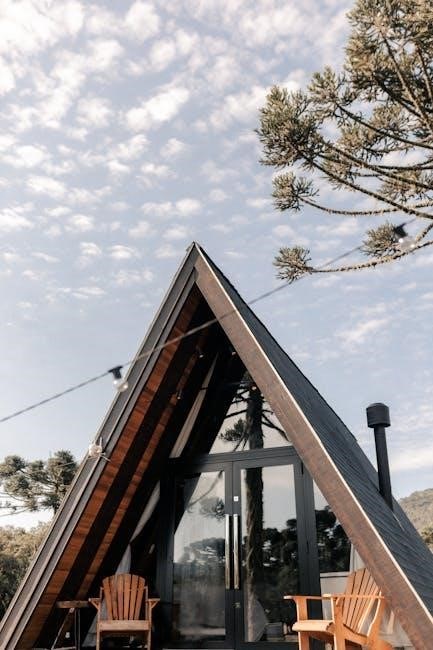
Advanced Strategies
Advanced strategies in EDH involve mastering tutors, optimizing ramp, and refining deck archetypes. Focus on enhancing synergy, streamlining mana curves, and adapting to meta shifts for a competitive edge.
4.1 Deck Archetypes and Themes
Deck archetypes and themes define the strategic direction of your EDH deck. Common archetypes include Aggro, which focuses on quick creature-based wins, and Control, emphasizing removal and card draw. Combo decks aim for explosive, game-ending plays, while Midrange balances creatures and interaction. Themes like Tribal or Voltron offer unique twists, uniting cards around a shared mechanic or strategy. Defining your archetype or theme early helps maintain focus during deck construction, ensuring cards synergize and support the game plan. Tailoring your deck to a specific archetype can enhance its effectiveness and make it more enjoyable to play. Exploring different archetypes allows you to experiment with various playstyles, keeping the format dynamic and engaging.
4.2 Utilizing Tutors Effectively
Tutors are powerful cards that enhance deck consistency by fetching specific cards, adapting to situations, and enabling game-winning plays. They are particularly valuable in EDH, where games often hinge on key cards. Tutors like Vampiric Tutor or Demonic Tutor are staples but can be expensive. Budget-friendly options like Diabolic Tutor offer similar utility at a lower cost. When using tutors, focus on their role in your deck—whether it’s fetching removal, finding combo pieces, or ensuring card draw. Tutors also allow you to cut redundant cards, streamlining your deck. However, over-reliance can be costly, so balance is key. Consider your deck’s strategy and budget when selecting tutors, ensuring they align with your game plan. Effective use of tutors elevates your deck’s consistency and flexibility, making them a valuable addition to any EDH strategy;
4.3 Lands and Mana Curve Optimization
Lands and mana curve optimization are critical for ensuring your EDH deck runs smoothly. A typical deck includes 33-40 lands, with adjustments based on the deck’s strategy and power level. Higher land counts are often necessary for decks with larger mana requirements, while lower counts suit faster, more aggressive builds. The mana curve refers to the distribution of spell costs, ensuring you can cast spells consistently across all turns. A balanced curve avoids mana flood or drought, allowing you to develop your board progressively. Ramp cards complement lands by accelerating mana development, but they shouldn’t overshadow your land base. The ideal ratio of lands to ramp varies, but a common starting point is 37 lands and 13 ramp spells. Fine-tune this balance during playtesting to match your deck’s needs. Proper land and mana curve optimization ensures your deck can execute its game plan reliably, making it a cornerstone of successful EDH deck building.
Playtesting and Iteration
Playtesting is crucial for identifying weaknesses and refining your EDH deck. Through iterative adjustments, you can enhance performance, adapt to meta shifts, and ensure your deck remains fun and competitive over time.
5.1 Importance of Playtesting
Playtesting is the cornerstone of refining your EDH deck, allowing you to evaluate its performance in real-game scenarios. It helps identify strengths and weaknesses, ensuring your deck functions as intended. Through playtesting, you can assess card synergies, mana curves, and overall strategies, making informed adjustments. This process is vital for balancing fun and competitiveness, adapting to meta changes, and improving deck reliability. Regular playtesting ensures your deck evolves over time, staying enjoyable and effective in various playgroups. By testing different matchups and strategies, you refine your approach, enhancing the overall EDH experience. Remember, a deck is never truly finished—it’s a dynamic project that grows with each game and adjustment. Playtesting is the key to unlocking your deck’s full potential and ensuring it remains a joy to play.
5.2 Refining Your Deck
Refining your EDH deck is an iterative process that involves analyzing its performance during playtesting and making targeted adjustments. This step ensures your deck remains balanced, fun, and competitive. Start by evaluating card performance—identify underperforming cards that don’t contribute to your strategy or synergize with the rest of the deck. Replace these with cards that address weaknesses or enhance existing strengths. Pay attention to mana consistency, ensuring your ramp and land count support your deck’s needs. Interaction and removal cards should be evaluated for their effectiveness in handling common threats. Tutors and card draw can be fine-tuned to improve consistency without overloading the deck. Budget considerations are also key—upgrade high-impact cards gradually while maintaining affordability. Finally, ensure your deck’s theme and fun elements remain intact. Refining is about incremental improvements, not overhauling the deck. By iteratively addressing issues and incorporating feedback, you’ll craft a deck that performs well and remains enjoyable to play.
5.3 Adapting to Meta Changes
Adapting your EDH deck to meta changes is crucial for maintaining its effectiveness and fun factor. As new sets release and popular strategies evolve, your deck may need adjustments to stay competitive. Start by identifying common threats in your playgroup, such as combo decks or high-powered commanders, and adjust your interaction and removal cards accordingly. If the meta becomes more aggressive, consider adding faster interaction or resilience measures. Conversely, in a slower meta, you might focus on enhancing your deck’s engine or win conditions. Budget-friendly upgrades can help keep your deck relevant without breaking the bank. Additionally, staying informed about banned or restricted lists is essential to ensure compliance. Regularly reassess your deck’s performance and make adjustments based on playtesting. By staying attuned to meta shifts and making thoughtful changes, you can ensure your deck remains a formidable yet enjoyable force at the table. Adaptation is key to longevity in EDH.
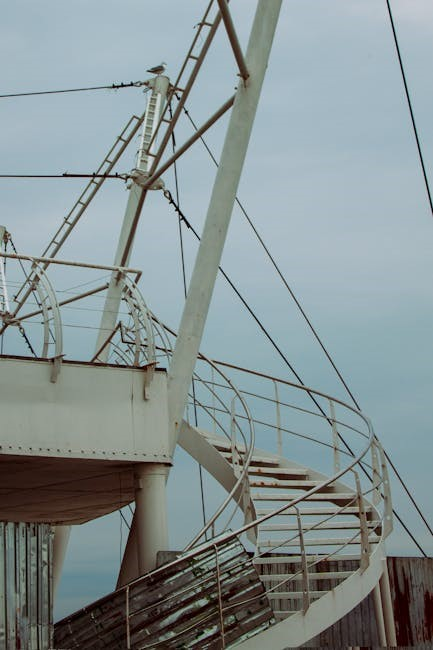
Budget Considerations
Budget-friendly EDH deck building is achievable with careful planning. Prioritize essential cards like lands, ramp, and interaction, while seeking affordable alternatives for tutors and win conditions. Gradual upgrades ensure long-term viability without overspending.
6.1 Building on a Budget
Budget EDH deck construction begins with prioritizing essential cards. Start by securing a solid mana base, including basic lands and affordable fixers like Rampant Growth or Farseek. These ensure consistent mana development. Next, focus on card draw and interaction, which are crucial for deck functionality. Cards like Cultivate and Kodama’s Reach provide early-game ramp, while Heroic Intervention and Swan Song offer affordable protection. Tutors, though expensive, can be substituted with budget-friendly options like Diabolic Intent or Harvesttide In. Fill remaining slots with synergy-driven creatures and spells that align with your commander’s strategy. Avoid overpriced staples initially and gradually upgrade as resources allow. Utilize platforms like EDHREC for inspiration and Archidekt for deck tracking. Patience and creativity are key to crafting a competitive, budget-friendly EDH deck that remains fun and functional.
6.2 Upgrading Your Deck Over Time
Upgrading your EDH deck is an ongoing process that enhances performance and consistency. Start by identifying weak points through playtesting and gradually replace them with higher-impact cards. Prioritize acquiring key staples like reliable tutors (e.g., Diabolic Intent) and efficient interaction pieces (e.g., Heroic Intervention). Lands and mana curve optimization are also crucial; consider upgrading to dual lands or fetches for better mana consistency. Evaluate your deck’s win conditions and synergy, ensuring all cards contribute to the overall strategy. Budget-friendly upgrades, such as swapping out less effective creatures for more versatile ones, can significantly improve your deck’s functionality; Over time, invest in high-value cards that enhance your commander’s ability to execute its game plan. Remember, upgrading is a marathon, not a sprint—focus on incremental improvements that align with your deck’s strengths and your playgroup’s meta. Patience and strategic upgrades will transform your deck into a formidable force on the battlefield.
EDH deck construction is a rewarding blend of creativity and strategy. Refine your decks over time, exploring new synergies and optimizing performance. For further learning, resources like MTGGoldfish and EDHREC offer invaluable guides and tools to enhance your decks and deepen your understanding of the format.
7.1 Final Thoughts
Building an EDH deck is a journey of creativity and refinement. Balance fun and functionality by selecting a commander that resonates with your playstyle. Prioritize a solid mana base, ramp, and interaction to ensure consistency. Card draw and tutors enhance reliability, while win conditions tie your strategy together. Playtesting is crucial for identifying weaknesses and refining your deck. Stay adaptable to meta shifts and budget constraints, upgrading over time. Embrace the format’s social nature and enjoy the process of continuous improvement. Whether casual or competitive, EDH offers endless opportunities for innovation and enjoyment. Happy brewing!
7.2 Further Learning and Resources
For deeper insights into EDH deck construction, explore platforms like EDHREC and Archidekt, which offer deck lists, strategies, and tools to enhance your builds. Websites such as MTGGoldfish provide detailed guides, including articles on deckbuilding checklists and optimization. Communities like TappedOut and Moxfield allow you to share and discover decks, while YouTube channels like The Command Zone and podcasts such as EDHRECast offer tutorials and discussions on meta trends. Local game stores and online forums are also great for connecting with fellow players and learning from their experiences. These resources will help you refine your skills, stay updated on the format, and continue to improve your EDH deckbuilding journey.
